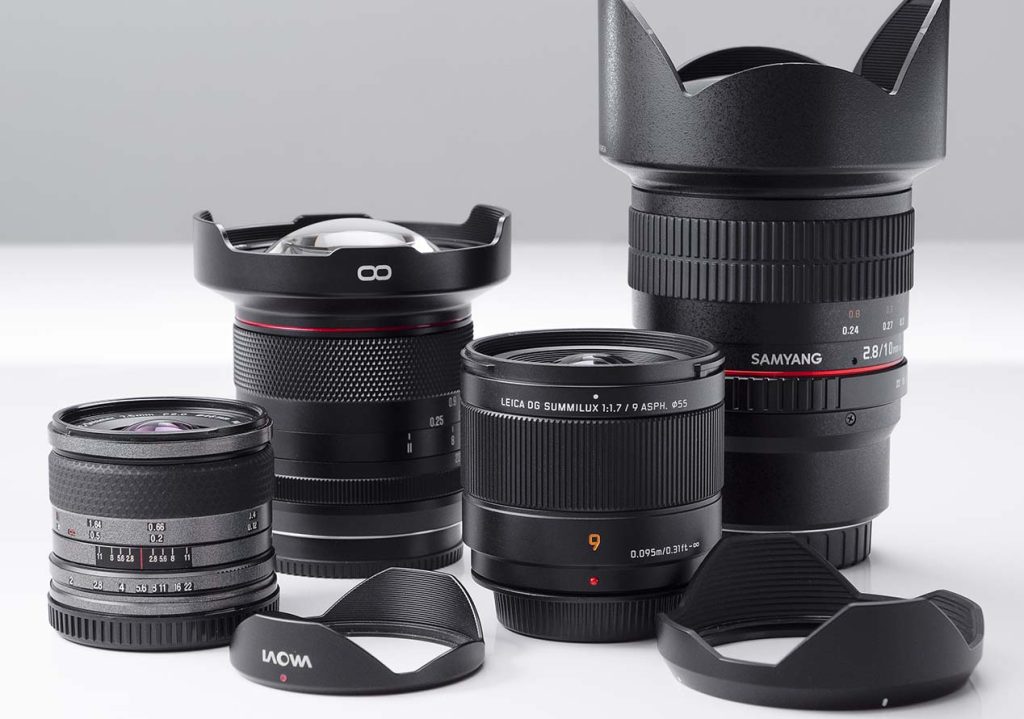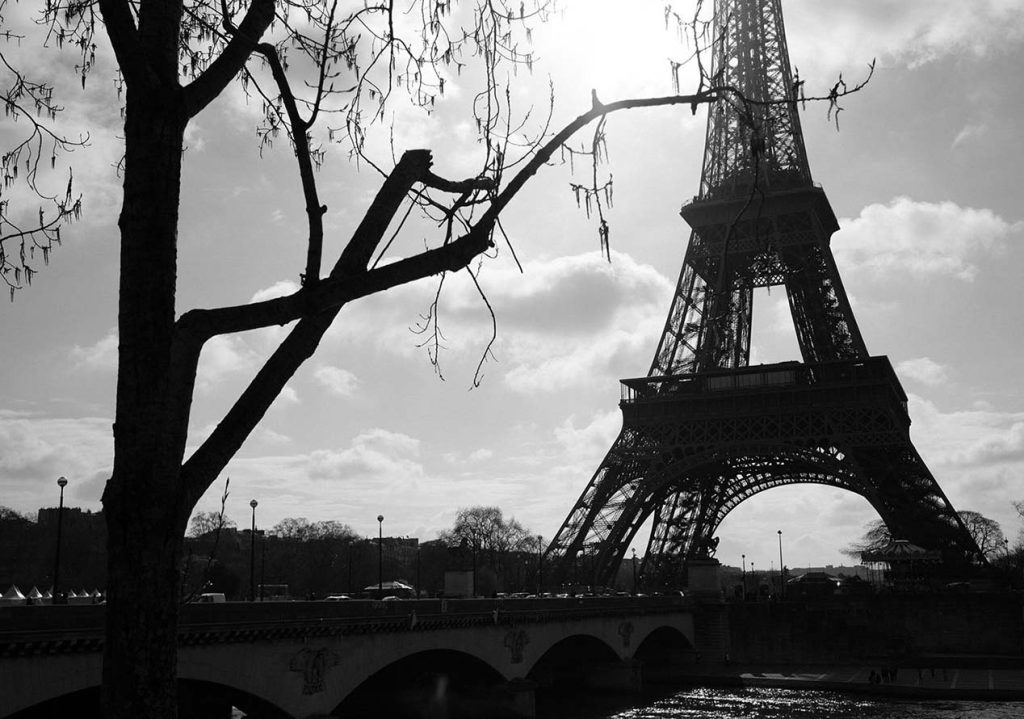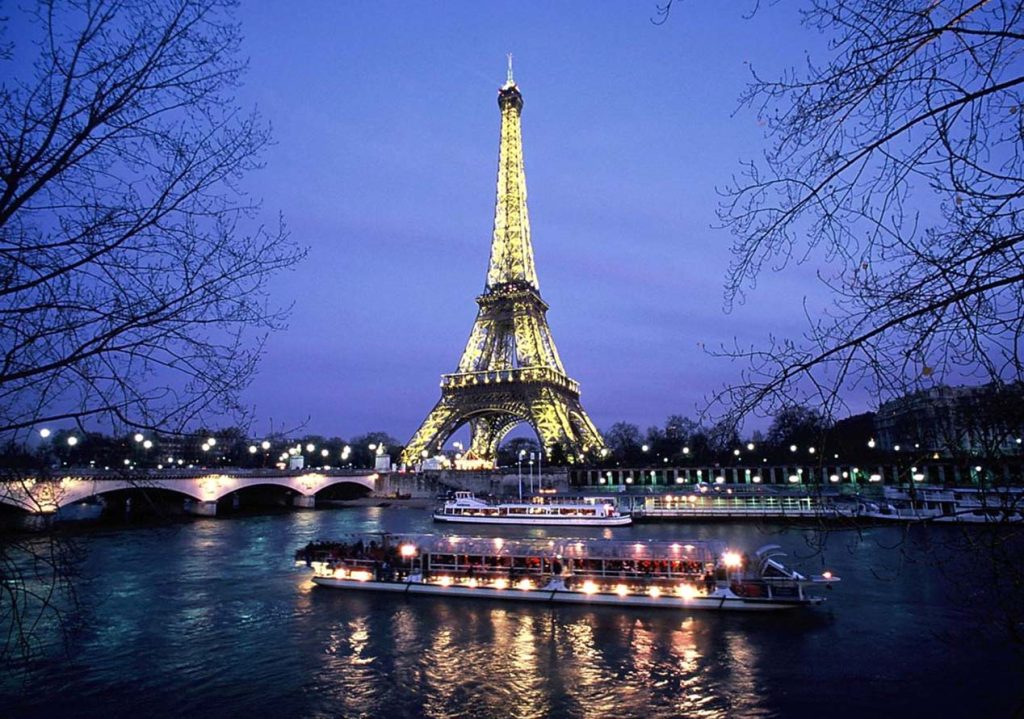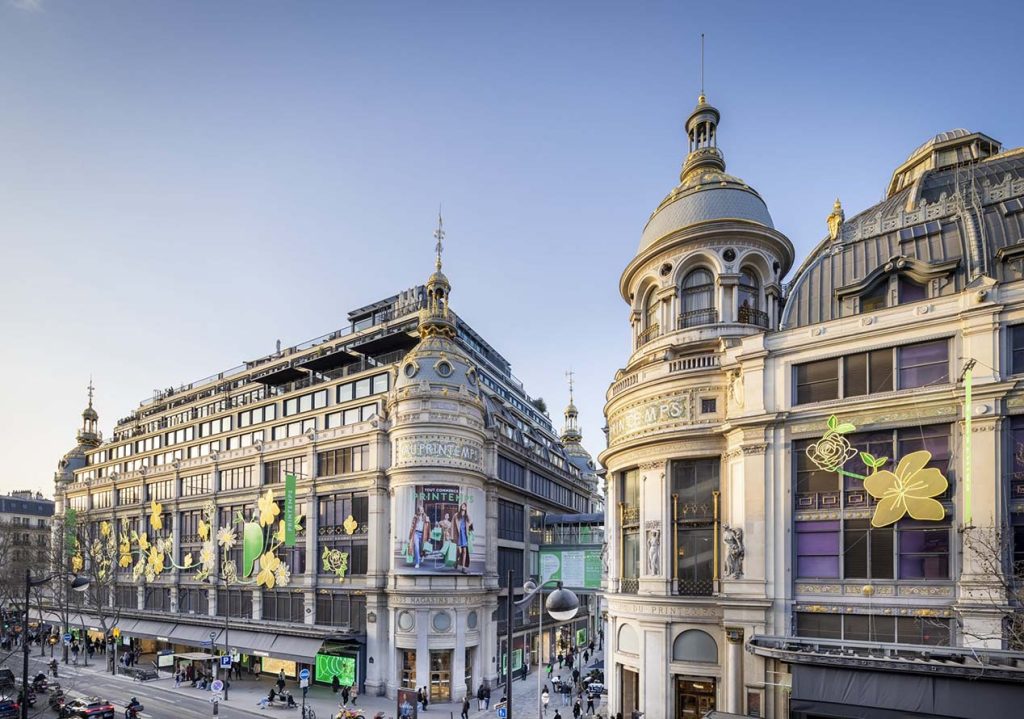Paris, known as the City of Love and Light, is a dream destination for photographers. With its iconic landmarks, charming streets, and romantic atmosphere, the French capital offers endless opportunities for capturing stunning shots. Whether you’re a seasoned photographer or an enthusiastic beginner, this article will provide you with expert tips to elevate your photography game and capture unforgettable images of Paris.
The Art of Seeing Paris Through a Lens: A Personal Journey
As a seasoned traveler and a passionate photographer, I’ve explored the streets of Paris with my camera in hand on countless occasions. The city’s unique blend of history, culture, and aesthetics provides the perfect canvas for any photographer’s vision. Over the years, I’ve refined my techniques to capture the essence of this remarkable city, and I’m excited to share these insights with you.
Gear Up for Success: Choosing the Right Equipment
Before we embark on our photographic adventure through Paris, let’s talk about the gear. While it’s true that an excellent photograph is primarily about the photographer, the right equipment can greatly enhance your abilities. Here are some equipment recommendations to consider:
- Camera: Whether you’re using a DSLR, mirrorless, or even a high-end smartphone, what’s most important is knowing how to make the most of your camera. However, if you’re looking to invest, a DSLR or mirrorless camera with interchangeable lenses will provide more flexibility and control over your shots.
- Lenses: A versatile lens is essential. Consider a prime lens with a wide aperture (e.g., 35mm f/1.8) for those stunning bokeh effects and low-light conditions. A wide-angle lens (e.g., 16-35mm) is fantastic for capturing grand landmarks, and a telephoto lens (e.g., 70-200mm) will let you capture distant details.
- Tripod: For those low-light or long-exposure shots, a tripod is indispensable. Look for one that is lightweight and easy to carry around the city.
- Filters: A polarizing filter can significantly improve your outdoor shots by reducing glare and enhancing colors. A neutral density filter is ideal for long-exposure shots, especially near water or busy streets.
- Camera Bag: Invest in a comfortable and practical camera bag to protect your gear and make it easily accessible during your explorations.
Eyes Wide Open: Train Your Photographic Vision
While equipment is important, what truly sets a great photographer apart is their vision and creativity. Photography is more than just capturing scenes; it’s about telling a story and evoking emotions through your images. Here are some tips for developing your photographic vision:
- Study Light: Paris is famous for its unique quality of light. Observe how it changes throughout the day, from the soft morning glow to the warm tones of the golden hour. Learn to use natural light to your advantage.
- Composition: Familiarize yourself with the rule of thirds, leading lines, and framing. Use these techniques to create dynamic and visually appealing compositions.
- Patience: Wait for the perfect moment. Often, it’s the subtle details or the serendipitous events that make a photo outstanding. Be patient and ready to seize the moment.
- Practice Mindfulness: Pay attention to your surroundings and be fully present in the moment. This allows you to notice things that others might miss.
- Experiment: Don’t be afraid to try new things and break the rules. Experiment with angles, perspectives, and post-processing techniques to create unique images.
Capturing Iconic Paris: Top Photography Locations
Now that you’re geared up and have honed your photographic vision, it’s time to explore the city and capture its beauty. Paris offers countless photographic opportunities, but some iconic locations should be on every photographer’s list.
Eiffel Tower
Best Times to Shoot: The Eiffel Tower is photogenic at all hours, but it’s particularly magical during sunrise and sunset when the light is soft and golden. Nighttime shots with the tower lit up are also stunning.
Tips: Experiment with different angles, such as shooting from the Trocadéro or the Champ de Mars for classic views. Try incorporating foreground elements, like the Seine River or a passerby holding a balloon, for a unique perspective.
Montmartre and Sacré-Cœur
Best Times to Shoot: The early morning provides a peaceful atmosphere, and the evening light bathes the area in a warm, golden hue.
Tips: Wander the charming streets of Montmartre and take candid shots of local artists and their works. Capture the sweeping views of Paris from the steps of Sacré-Cœur.
Louvre Pyramid
Best Times to Shoot: Early morning is ideal for capturing the Louvre Pyramid without the crowds. At night, the pyramid is beautifully illuminated.
Tips: Play with reflections in the surrounding pools, and experiment with long-exposure shots to create a sense of movement with passersby.
Notre-Dame Cathedral
Best Times to Shoot: Sunrise and sunset are magical, and you can also capture the cathedral beautifully illuminated at night.
Tips: Include the Seine River in your shots for added depth and reflections. The iconic flying buttresses on the sides of the cathedral make for intriguing close-up shots.
Seine River
Best Times to Shoot: The river is photogenic at any time, but a twilight cruise can provide spectacular opportunities.
Tips: Take a Seine River cruise to capture the city’s landmarks from a different angle. Experiment with long-exposure shots to create silky-smooth water surfaces.
Palace of Versailles
Best Times to Shoot: Early morning is perfect for capturing the gardens without the crowds. The golden hour offers magical light, and nighttime shots of the palace are also remarkable.
Tips: Explore the vast gardens and fountains. Experiment with wide-angle shots to showcase the grandeur of the palace and its surroundings.
Budgeting for Photography in Paris: How Much Does it Cost?

The beauty of photography is that it can be as affordable or as extravagant as you want it to be. You can take fantastic photos with a smartphone, a prime lens, or a high-end camera setup. Here’s a general breakdown of potential expenses:
- Camera and lenses: Costs can vary from a few hundred dollars for a smartphone or entry-level camera to several thousand dollars for a professional DSLR or mirrorless camera with multiple lenses.
- Tripod: A decent tripod can cost anywhere from $50 to $300 or more, depending on the brand and features.
- Filters: Polarizing filters are relatively affordable, starting at around $20, while high-quality neutral density filters can cost upwards of $100.
- Camera Bag: Prices range from $30 for a basic bag to $300 or more for a premium, weather-sealed camera backpack.
- Tickets: Some attractions in Paris require entrance fees. For instance, the Louvre and Palace of Versailles charge admission fees. Prices can vary, but expect to pay around $20 to $30 per attraction.
- Transportation: Depending on how you choose to get around the city, transportation costs can vary. Public transportation in Paris is efficient and relatively affordable. A single metro ticket costs around $2, while a day pass is approximately $13.
- Meals and Accommodation: These expenses vary greatly depending on your preferences. You can find budget-friendly options or indulge in fine dining and luxury accommodations.
Making the Most of Your Time: How Long to Spend Photographing Paris
The duration of your photography adventure in Paris depends on your interests, schedule, and the specific locations you wish to capture. Here are some general guidelines:
- Short Trip (2-3 Days): With a tight schedule, focus on capturing the iconic landmarks and moments during the best lighting conditions. You can prioritize locations like the Eiffel Tower, Montmartre, and Notre-Dame.
- Medium Trip (4-7 Days): This allows you to explore more neighborhoods and attractions in depth. You can dedicate time to both day and night photography, ensuring you capture a variety of scenes.
- Extended Stay (10+ Days): With more time, you can delve into the city’s hidden gems, immerse yourself in its culture, and capture unique perspectives. Consider day trips to nearby destinations like Giverny and Chantilly.
Remember that it’s essential to balance photography with simply experiencing the city. Don’t spend your entire trip looking through the viewfinder—savor the moments with your own eyes, too.
Maximizing Your Investment: Getting the Best Value

Photography is an investment, and you’ll want to ensure you get the best value from your gear and time. Here’s how to make the most of both:
- Learn Your Gear: Spend time getting to know your camera and equipment. Read the manuals, practice different settings, and experiment with various lenses and filters.
- Plan Your Shots: Research locations and lighting conditions in advance. Use apps like The Photographer’s Ephemeris to predict the direction and quality of light at specific times and locations.
- Editing Skills: Post-processing plays a vital role in photography. Learn how to edit your images to bring out their full potential. Software like Adobe Lightroom is an excellent choice.
- Local Insights: Connect with local photographers or photography groups in Paris for tips on lesser-known spots and events. They can provide valuable insights.
- Backup: Always have backup equipment and memory cards on hand. You don’t want to miss a perfect shot due to technical difficulties.
- Stay Flexible: Be adaptable and open to changing conditions. Weather and unexpected moments can lead to beautiful and unique photos.
Crafting Lasting Memories
Photographing Paris is a unique and rewarding experience. The city’s timeless beauty and rich culture provide endless opportunities to create stunning images. With the right equipment, a keen photographic eye, and a bit of planning, you can capture the essence of this enchanting city. Remember that photography is not just about the final image—it’s about the journey and the memories you create along the way. So, gear up, explore, and let Paris through your lens tell a story that will last a lifetime.



